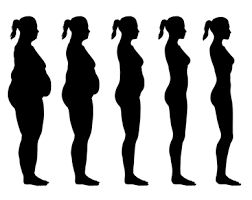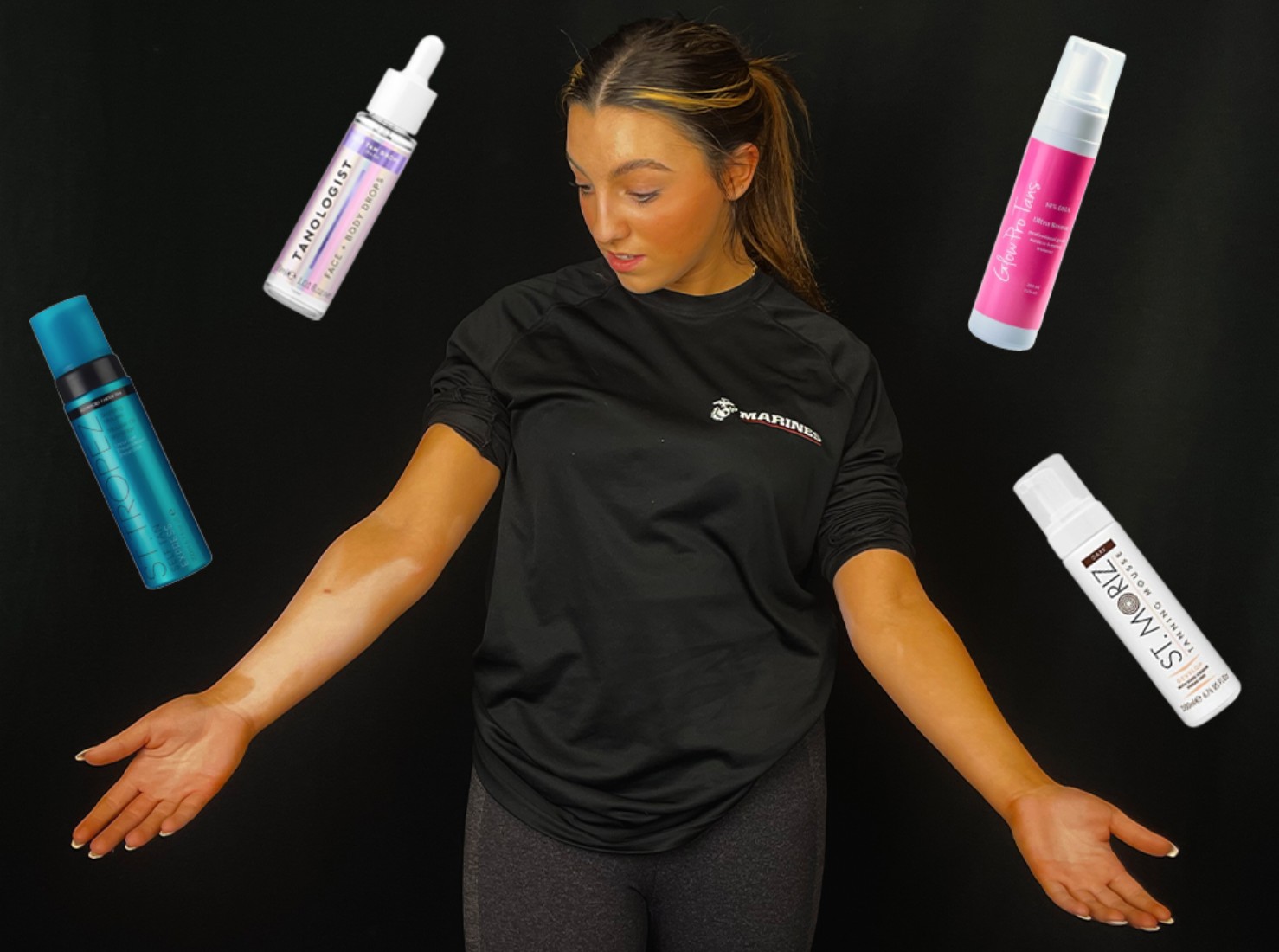Jennifer Lawrence. Nicki Minaj. Beyoncé. Three of many beauty icons who have helped redefine society’s idea of a what a beautiful woman is.
In the last few years society has been empowering women and creating a positive movement to accept all body images…to an extent.
It is common for young girls to idolize six-foot tall, one-hundred pound models who parade runways and magazines. But as social media begins to replace tabloids, new idols preaching ideas of having high self-esteem and positive body images have emerged.
A wide-spread trend of girls embracing their bodies and being “curvy” or “thick” has taken the media. While these changes are phenomenal, it comes with a price. Society has begun to shame girls for being too skinny or having “straight” body types.
A viral photo seen on twitter showed an image of Nicki Minaj next to a photo of Giuliana Rancic. Minaj, a much curvier woman compared to Rancic, was praised for her body. While Rancic, a talk show host who had a mastectomy after suffering breast cancer, was shamed for her lack of curves and straight figure.
It seems contradictory that society claims we are “improving” self body image, while other body types are being shamed.
I’m sure we have all heard the hit song “All About That Bass” by Meghan Trainor. The catchy track preaches, “I know you think you’re fat/ But I’m here to tell you that/ Every inch of you is perfect from the bottom to the top.” It seems to be a song about empowering woman until she begins shaming “skinny b******.” Although she may have had good intentions, the song only praises “curvy women” and doesn’t really liberate all types of bodies.
With improvement there is always backlash yet we can’t ignore the great wave of “curvy” and “fit” girls that is pushing young women to be healthy. For years “plus size” or “curvy” girls were put down for not having the stick skinny body figure, but recently that has changed.
According to www.abcnews.com, the majority of runway or Victoria Secret models still meet the criteria for anorexia and average 115 pounds at 5’10”. However this past February, Sports Illustrated, known for its annual swimsuit issue, released a publication with their first ever plus-sized model. Ashley Graham, a 5’9″ and 170 pound swim suit model made history. It’s as they say, the best way to get a bikini body is to simply put on a bikini. The media praised the phenomenon, yet not all viewers found it that inspiring.
“I don’t like the way society defines it. If you’re skinny you’re anorexic and if you’re plus-sized you’re fat,” explains Franc Kolami, a junior at Woodland Regional. “We just need to stop labeling.”
Could it be that easy? Would the media be able to break their routine of categorizing “plus-sized” or “petite” models and just put all different types? It is clear the media is at least trying to make improvements, but some say they are trying too hard.
Well we can all agree on one thing, it is time for change. Women, media, and people in general need to stop categorizing bodies as big or small, and encourage others to love their bodies as they are.
“Wanting to be someone else is a waste of the person you are.”-Marilyn Monroe
photo credit: http://i.huffpost.com/gen/2365888/thumbs/n-NERINGA-REKASIUTEGROUP-large570.jpg



















